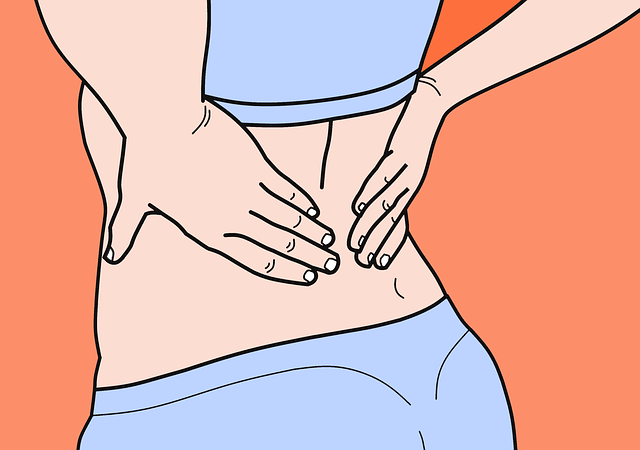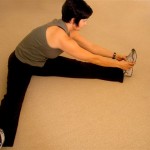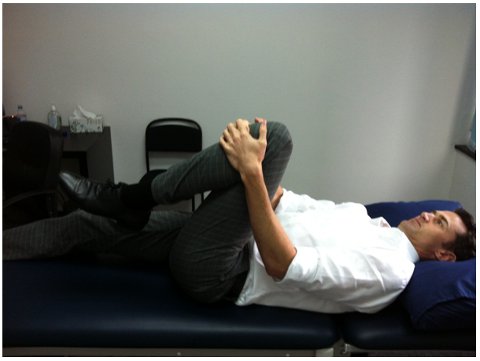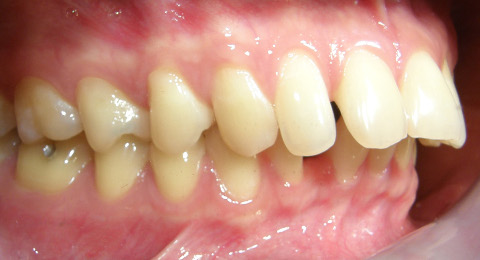When your precious little bundle of joy comes along, your world is changed in an instant. Suddenly, you have a rapidly growing load to carry around with you wherever you go. Whether it’s from the table or the floor, you bend over and lift your child more times than you can count every day. For all the times you cradle your baby, you put your neck into flexion for hours. Poor posture and bad lifting habits contribute to the wearing down of your spine. In this article, we will explore healthier spinal habits for parents.

Your spine is made up of twenty-four movable individual bones called vertebrae. These allow you to twist, turn, and bend in varying directions and degrees, while at the same time protecting your precious spinal cord within. Between each vertebra is an inter-vertebral disc designed to absorb shock and facilitate movement.
The ideal shape of the spine is an “S-shaped” curve from front to back. You may be thinking, “Aren’t curves in the spine bad?” Side to side curves are called scoliosis, and this condition can be a problem if not dealt with. The S-curve from front to back is the norm, and it is the other way that our bodies absorb shock every time we take a step.
It takes work to maintain our curves. The first step in spinal degeneration is the loss of curve. If we allow our bodies to follow the path of least resistance, we begin to slouch, roll our shoulders forward, and display forward head carriage. Proper posture maintains that if we drop an imaginary line from our ears down when looking at our bodies from the side, this line should pass through points at the top of the shoulder, the middle of the hip bone, the side of your knees and the outer bony bump of the ankle. If this is not the case, it may be a sign that the curves in your spine have begun to change.
Our spines are taking ‘hits’ and ‘shocks’ in everyday normal activities. Every time we bend forward to pick up the baby or twist awkwardly to make the bed, we are compressing the disc and pushing it backward. Raising a child requires bending and lifting hundreds of times per day. Combine this with poor posture habits which change the spinal curves. Multiply this by years, and you have the recipe for vertebrae and disc degeneration which manifests as back and neck pain.
So what can you do to help maintain your spine?
1. Avoid sitting hunched over your baby with your shoulders rolled forward and chin down. If you notice you have been in this position for an extended period, take a few minutes to drape your body over a yoga ball face up, with your arms out at your sides, palms up, and neck back. This will stretch your anterior chest muscles and help the curve in your neck.
2. Don’t hold the phone against your shoulder with your head, especially when your arms are full carrying the baby. Use a hands-free headset or speakerphone.

3. Switch arms when breast or bottle feeding your baby, even if it feels weird. This is also good for the baby as it allows your baby to turn his head on both sides.

4. Be aware of your posture when holding your child. Women have wider hips than men, and this can make a very comfortable seat for the child. However, this position usually leads to women leaning towards the side where the child is sitting on, thus thrusting the opposite hip out for balance. This can throw the pelvis out of alignment, which is the foundation for our spine.
5. Men tend to use brute strength of their arms to hold a child. Over time, this may stress the shoulders and cause upper back and neck pain.
6. When handing the baby over to someone else, avoid twisting at the waist. Make sure the receiver is standing directly in front of you.
7. Use your legs when picking up your child. Don’t bend at the waist. Introduce squats and lunges into your daily routine. For squats, keep your feet side by side with an upright upper body. Make sure both heels are planted on the floor. Keep your knees over your ankles as you sink down. For lunges, slide one foot back and keep both feet pointed forward. Bend both knees, but don’t let your front knee come forward; make sure the knee is directly over the foot. Avoid leaning back.
Ultimately, the only way to know how your curves look is to visit a qualified health professional such as a chiropractor. A chiropractor can analyse your spine, correct misalignments, and give you stretches and exercises based on how far your curves have strayed from normal. If you don’t remember to take care of yourself, then you won’t be able to take care of the people around you! Don’t forget about yourself!
Written by Dr Cassandra Peterson
Dr Cassandra Peterson is an American chiropractor practising in Singapore who provides chiropractic care to patients of all ages, including babies, children and pregnant women. Dr Peterson received her training in USA and is a professional member of The Chiropractic Association (Singapore) and International Chiropractic Pediatric Association.
* * * * *
Like what you see here? Get parenting tips and stories straight to your inbox! Join our mailing list here.
Want to be heard 👂 and seen 👀 by over 100,000 parents in Singapore? We can help! Leave your contact here and we’ll be in touch.


























































Leave a Comment: